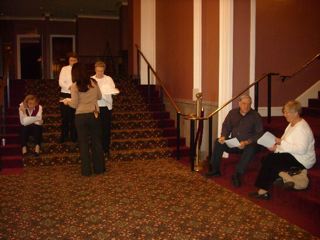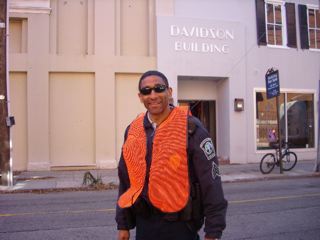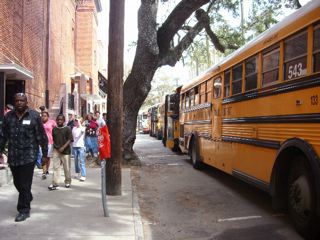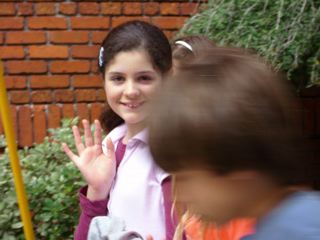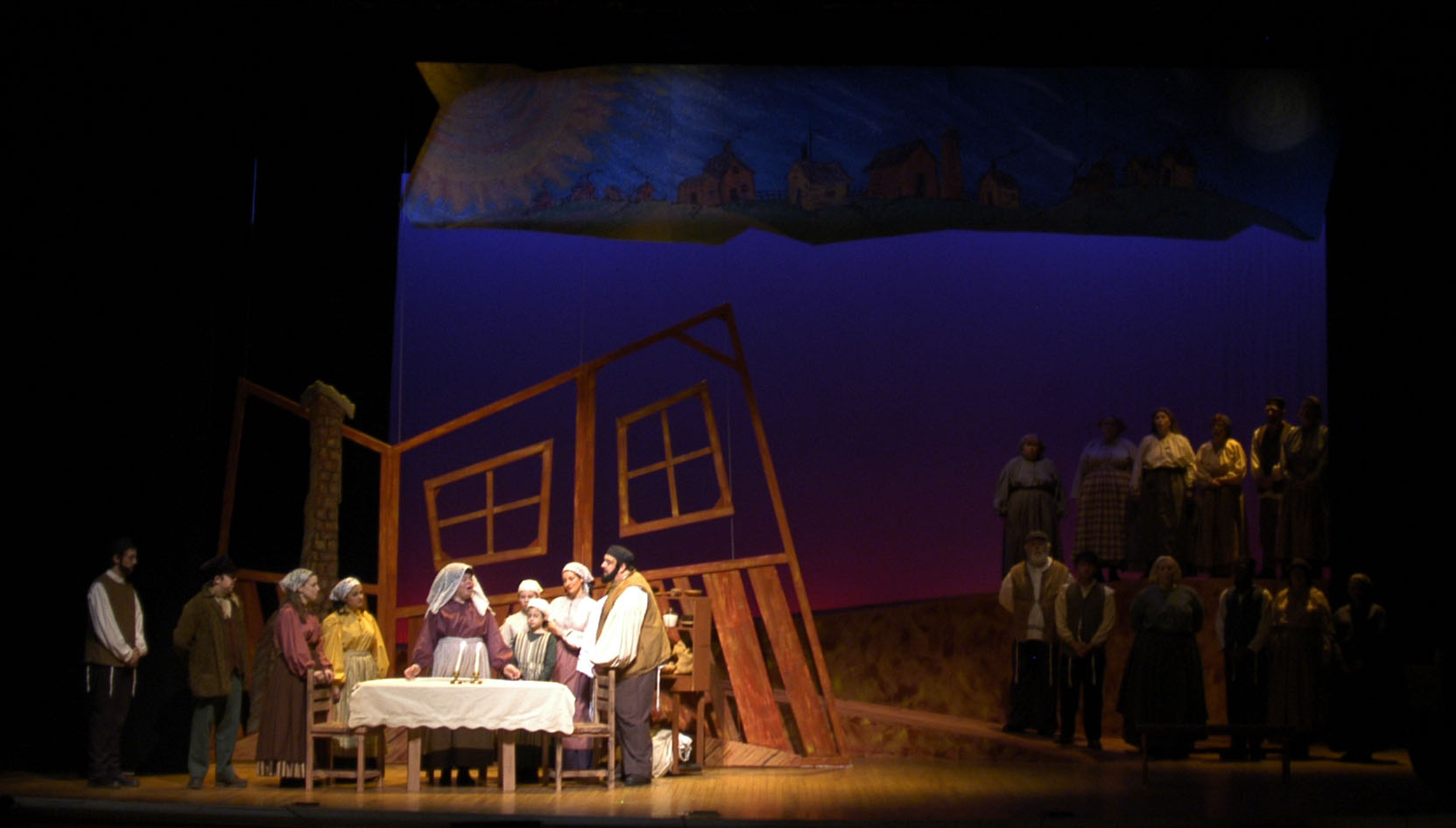We sat down with Ashley Palmer, Charleston Stage’s Production Manager, to learn more about the ins and outs of all she does behind the scenes from conception to closing night. Here from her below!
In a nutshell, what do you do as Production Manager for Charleston Stage?
A production manager works with director, designers, the technical crew, and the management team to make sure the technical elements of a show are completed safely, on time, and within budget for each and every show. I start working on pre-planning for a season about 7-8 months before the next season starts. I also oversee the daily and weekly schedules of all production staff members. Although I started out at Charleston Stage as their Resident Stage Manager and stage managing will alway be my passion, I have moved on to overseeing our shows in a big picture way. But I still like to stage manage about two shows a year just to be sure I never forget how!
What is the first thing that needs to be done after a show is chosen in a season?
Everything starts with an idea and a calendar. Many will tell you reading the script is the first step, but most of the people who claim such are the directors and designers of the show. For me and my fellow stage managers and production managers, we start with the almighty company calendar!
Describe for us the process of moving a show forward from conceptual idea to opening night.
Once we pick a season of shows and put these dates on a calendar, the next step is setting up casting and design meetings. A design meeting is when the director meets with our technical designers and starts cooking up the ingredients needed for the show: what makes this show tick, what story we want to tell, and how we as artists want to tell it. We talk about ideas for about 3 weeks, looking at research images and having lengthy conversations about the big artistic picture. Through the next following months we solidify everything you see and hear on stage: lights, sets, props, costumes, sound and choreography. All of these things are discussed and chosen by a team of people long before the first actor ever arrives to rehearsals.
Once a show begins the rehearsal period with actors, we are typically already in the process of building all the technical elements we discussed in those design meetings. These few weeks are a fun time when all participants of the production are in “building mode”–building both design elements and characters. It’s an exciting time in the process!
Then, we finally get into Tech Week to Opening Night. This is when our actors move from the rehearsal room to the stage, where our technical staff have worked long and hard to get everything ready. We use these tech rehearsals to sync up what each department has worked on in “building mode” and bring all the puzzle pieces together for our big picture! On Opening Night we finally get an audience in the seats to watch the accumulation of months of hard work and dedication by everyone involved in the team of the show.
Which step is the most rewarding part of the process for you?
Without a doubt, Opening Night! After many months of pre-production, rehearsals, design meetings, and long tech rehearsals, nothing feels as satisfying as enjoying our opening night with an audience. We get to finally see the “big picture” in all its glory!
Finally, what is your favorite show of all time?
A hard question! Stephen Sondheim’s Company has always been a long time favorite of mine, but not one I have worked on here at Charleston Stage. I hold many productions that I have worked on here near and dear to my heart; Peter and the Starcatcher and Disney’s Beauty and the Beast are some favorites that come to mind.

Ashley holds a B.A. degree in Stage Management from Florida School of the Arts. This will be her 5th season with Charleston Stage, although she has been a part of theatre for about 13 years. Having worked backstage and stage managed in the Central Florida area for over six years, she also spent two years as an Associate Company Member at Playhouse on the Square in Memphis, TN. Some of her favorite show credits include “Hedwig and the Angry Inch” (In the Wings Productions), “Big River“ (The Coco Village Playhouse), “4000 Miles” (Playhouse on the Square), “The Rocky Horror Picture Show” (Surfside Players) “Build Me Up Buttercup!” (World Premiere at The Coco Village Playhouse), and “Gypsy“ (Playhouse on the Square). Ashley has always enjoyed stage managing but also has served as a deck captain, props master, child wrangler, and assistant director for multiple shows and summer camps over the years. She is looking forward to many more years at Charleston Stage and the opportunity to work on exciting and memorable theatre.

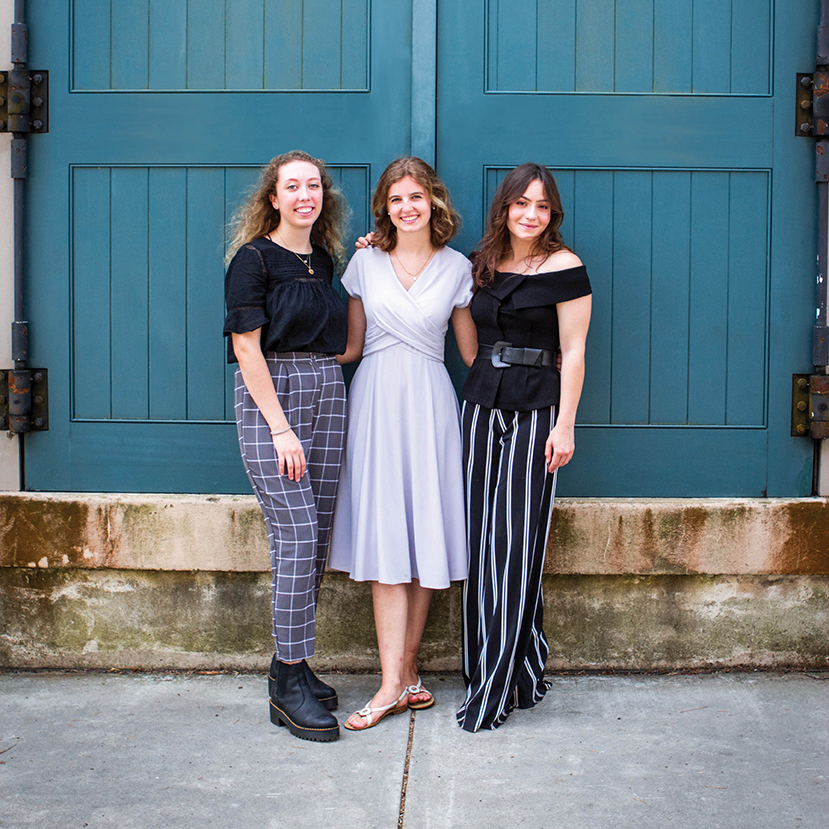
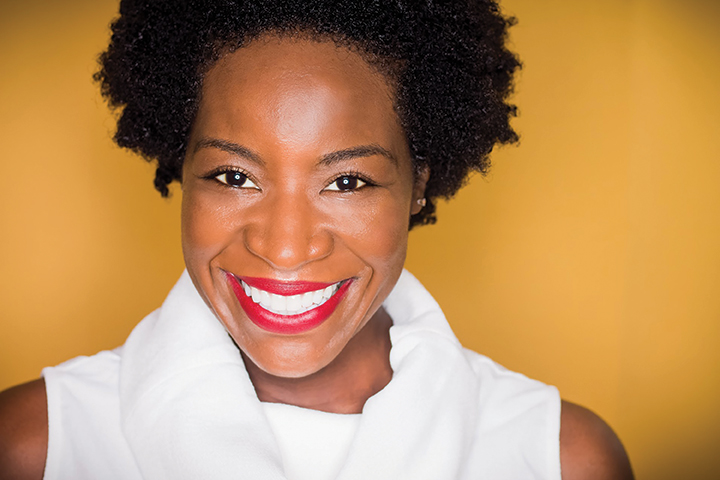
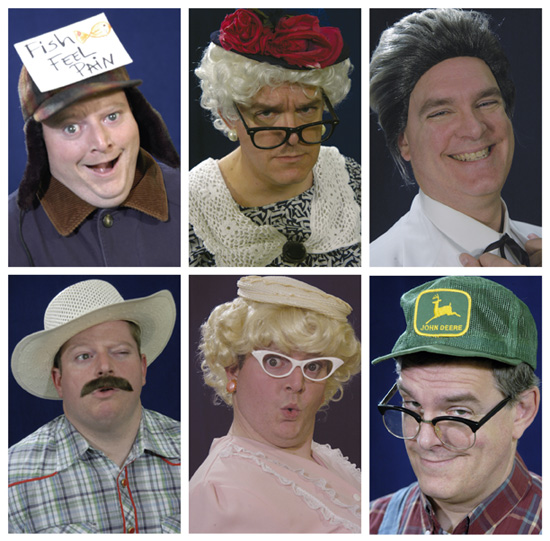 For the past three weeks Brian and Vic have been creating voices, characters walks and posture and already their characters were beginning to develop but tonight, with the addition of costumes they really came to life. Our resident costumer, Barbara Young has really outdone herself. Now the fun begins, we’re beginning a runthru of act one with more than a dozen full changes in the course of the act, some of which must take place in less than 30 seconds!
For the past three weeks Brian and Vic have been creating voices, characters walks and posture and already their characters were beginning to develop but tonight, with the addition of costumes they really came to life. Our resident costumer, Barbara Young has really outdone herself. Now the fun begins, we’re beginning a runthru of act one with more than a dozen full changes in the course of the act, some of which must take place in less than 30 seconds!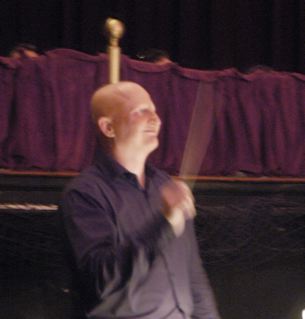 Wendell Smith Conducting
Wendell Smith Conducting 